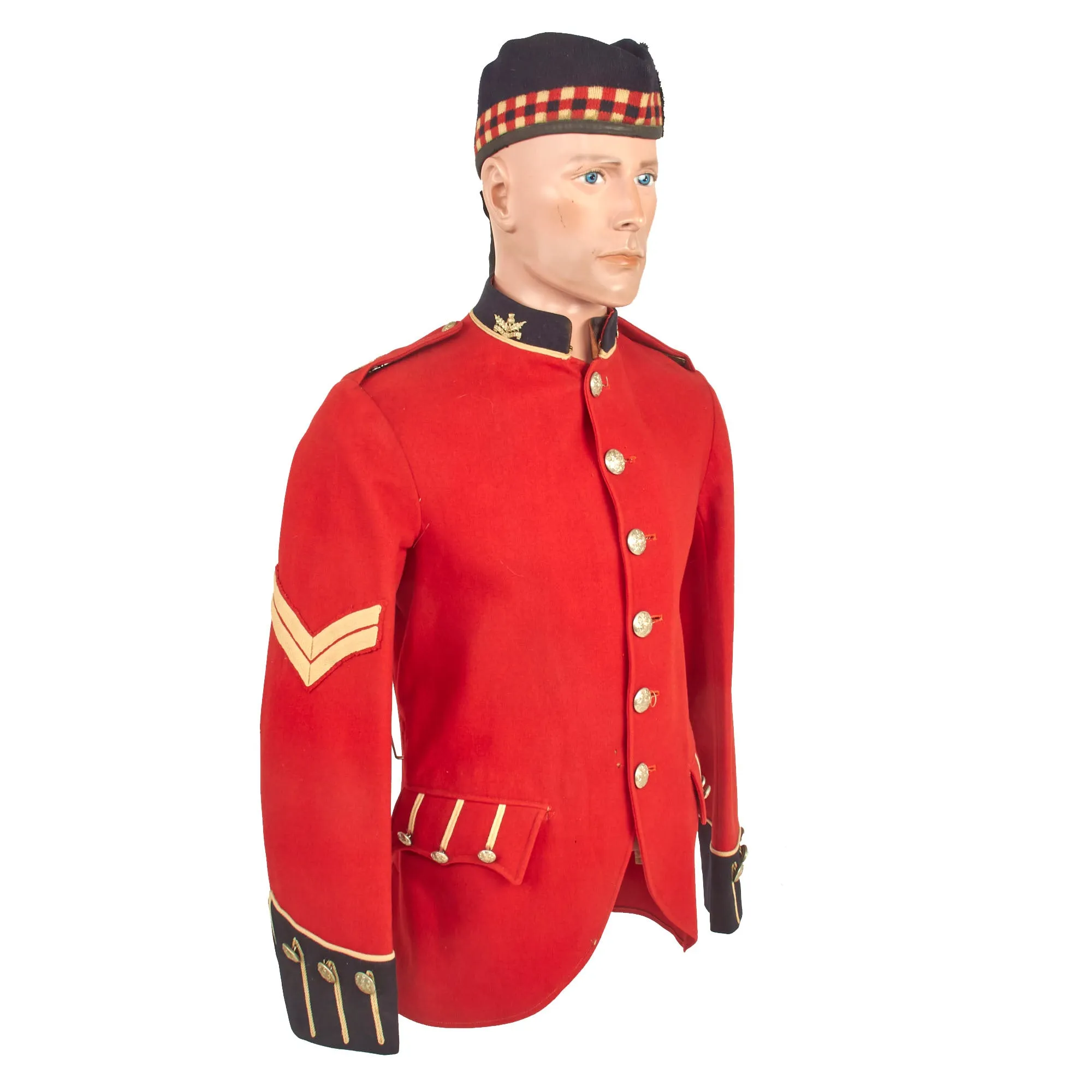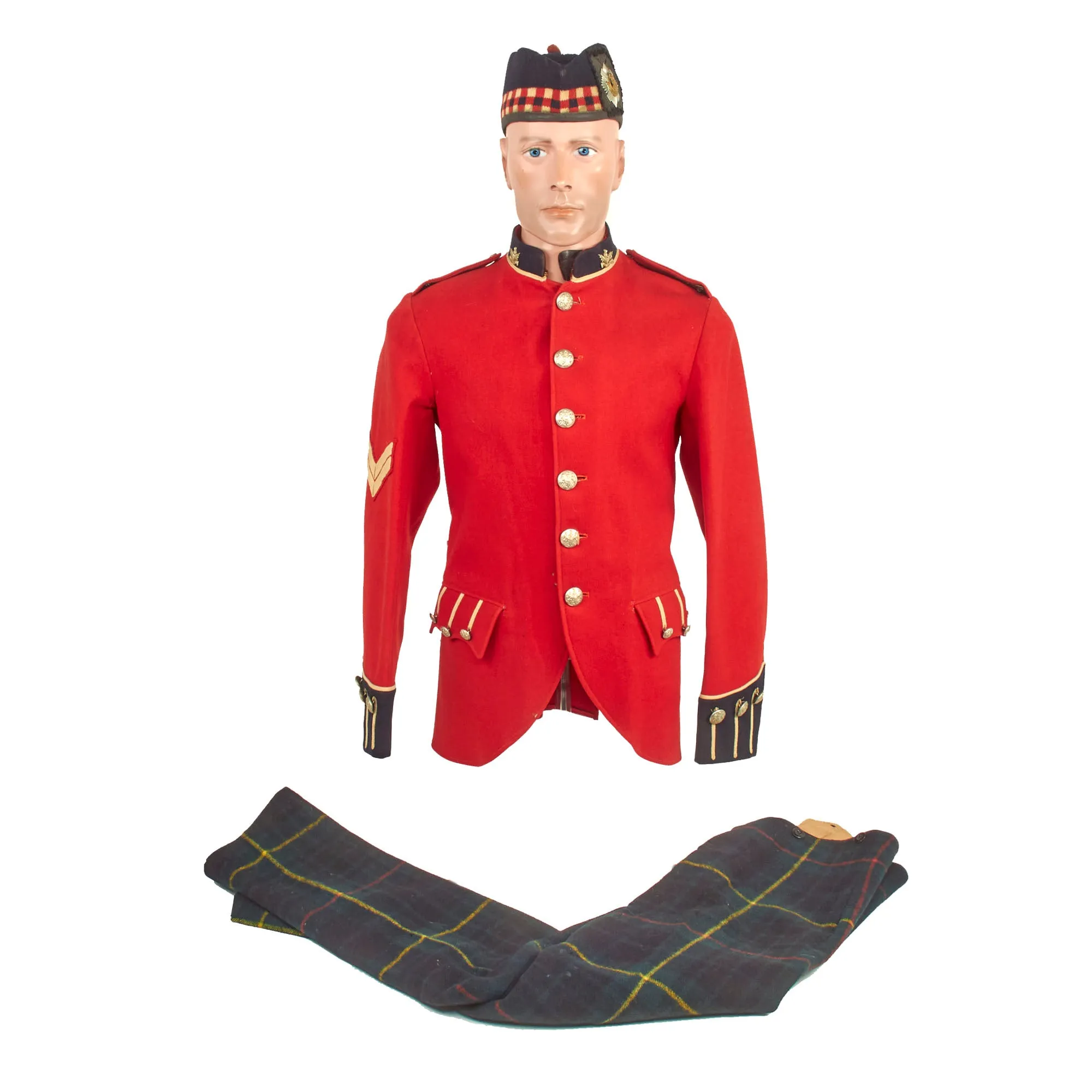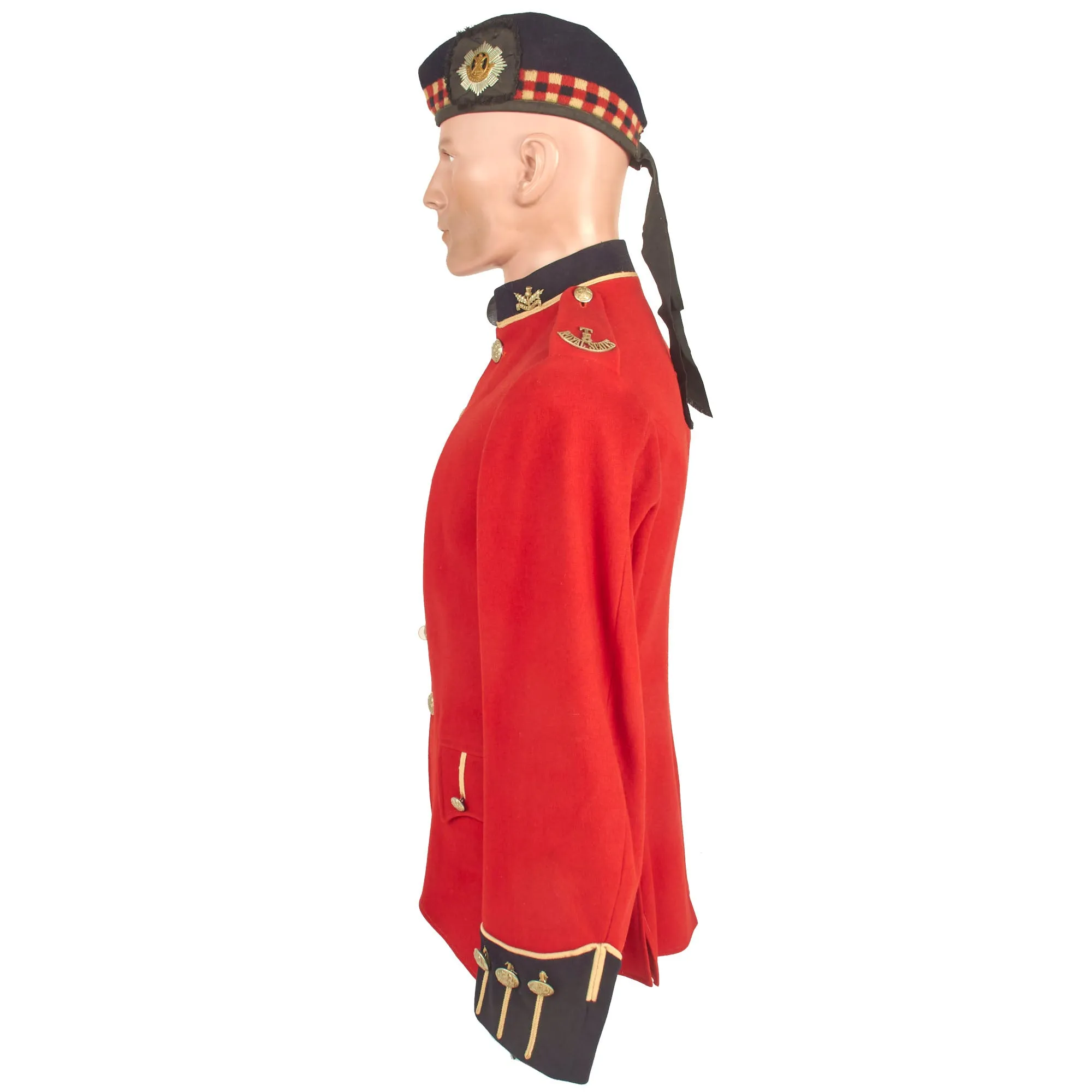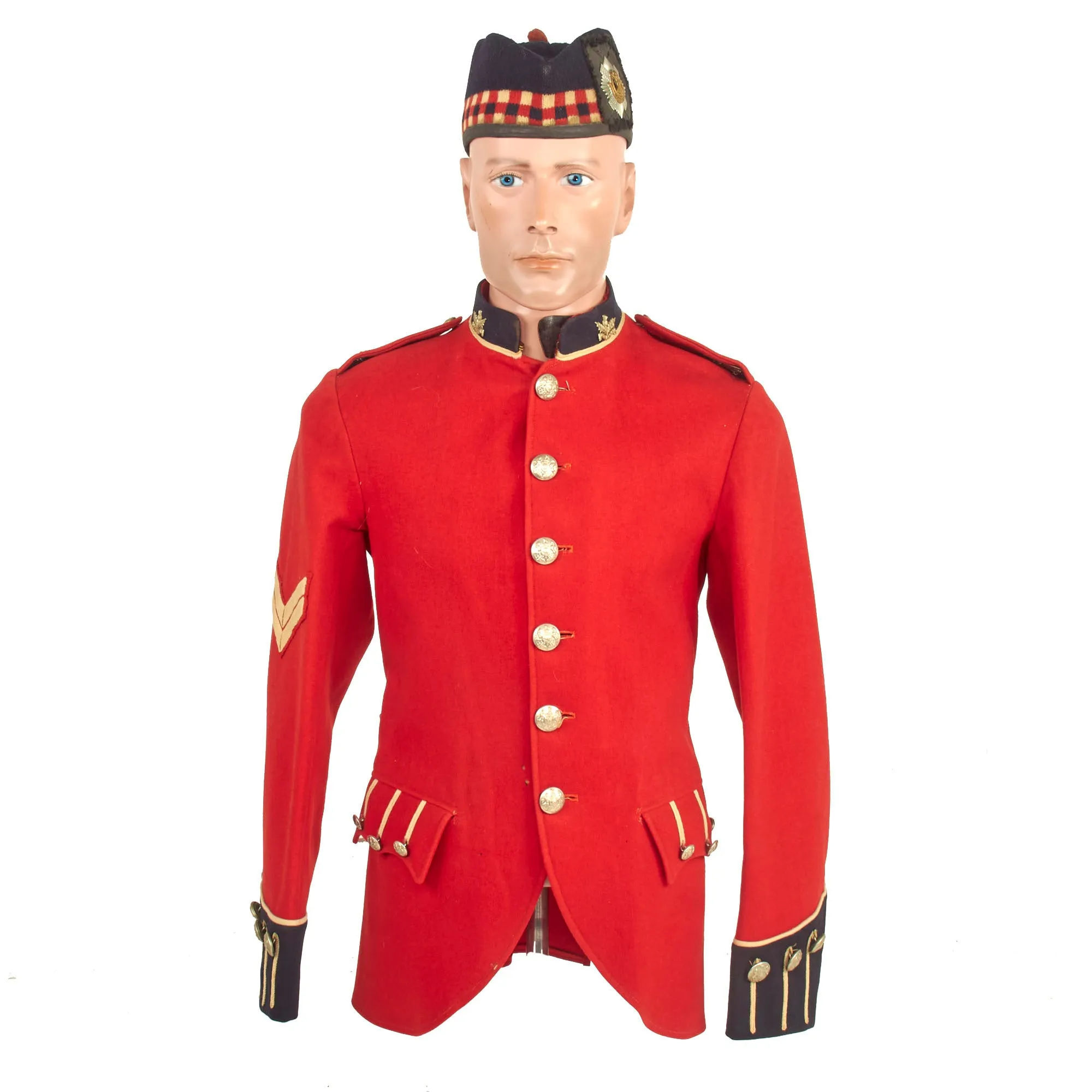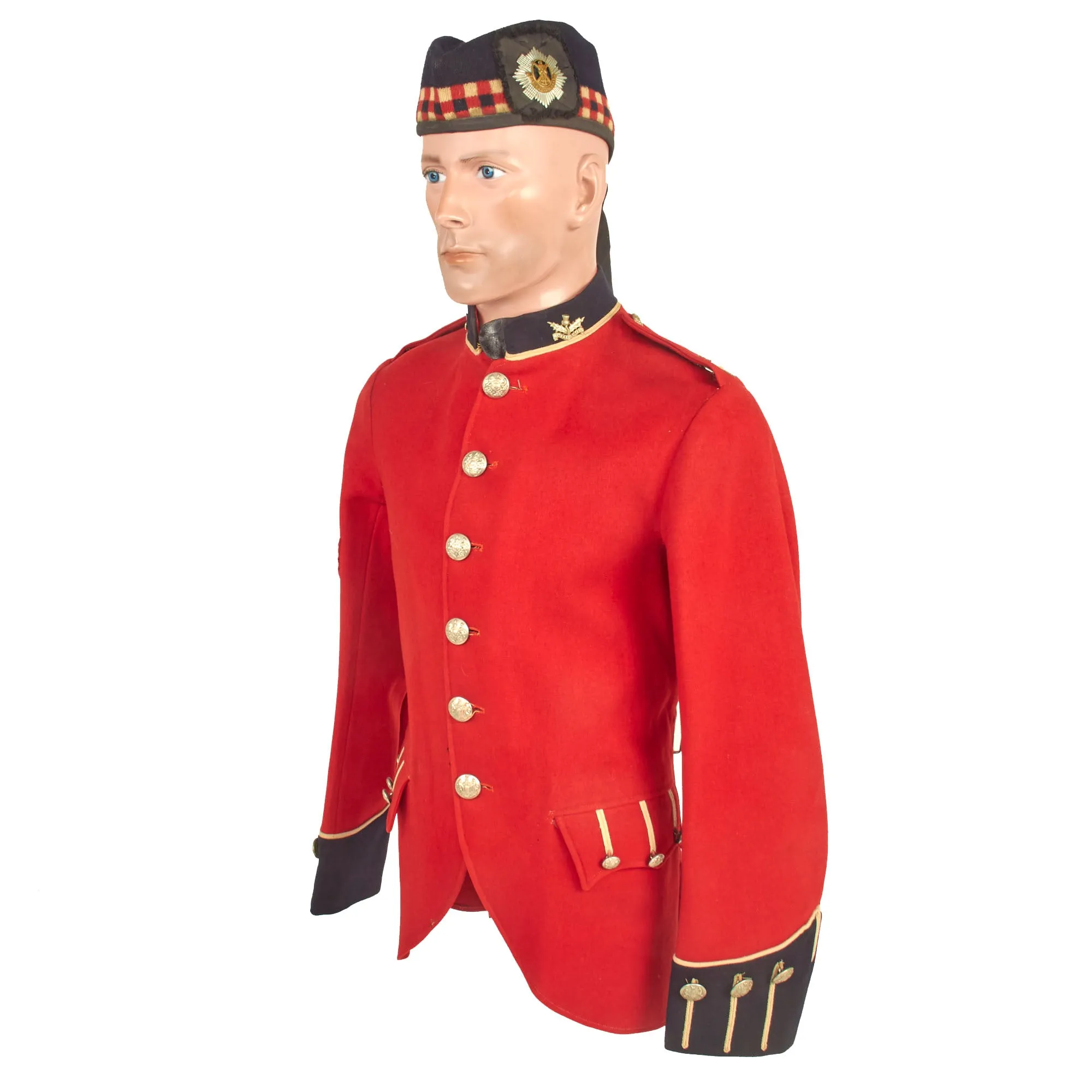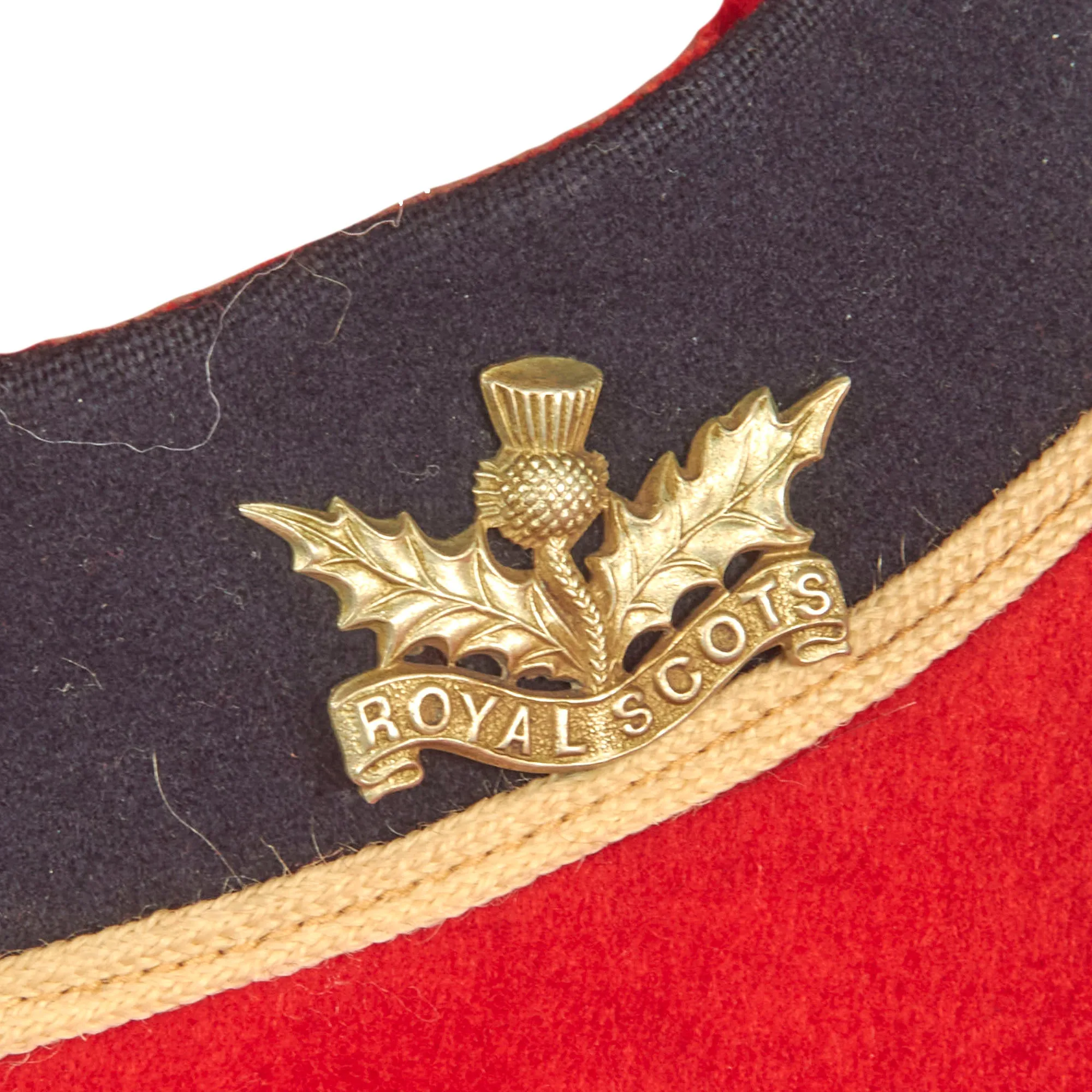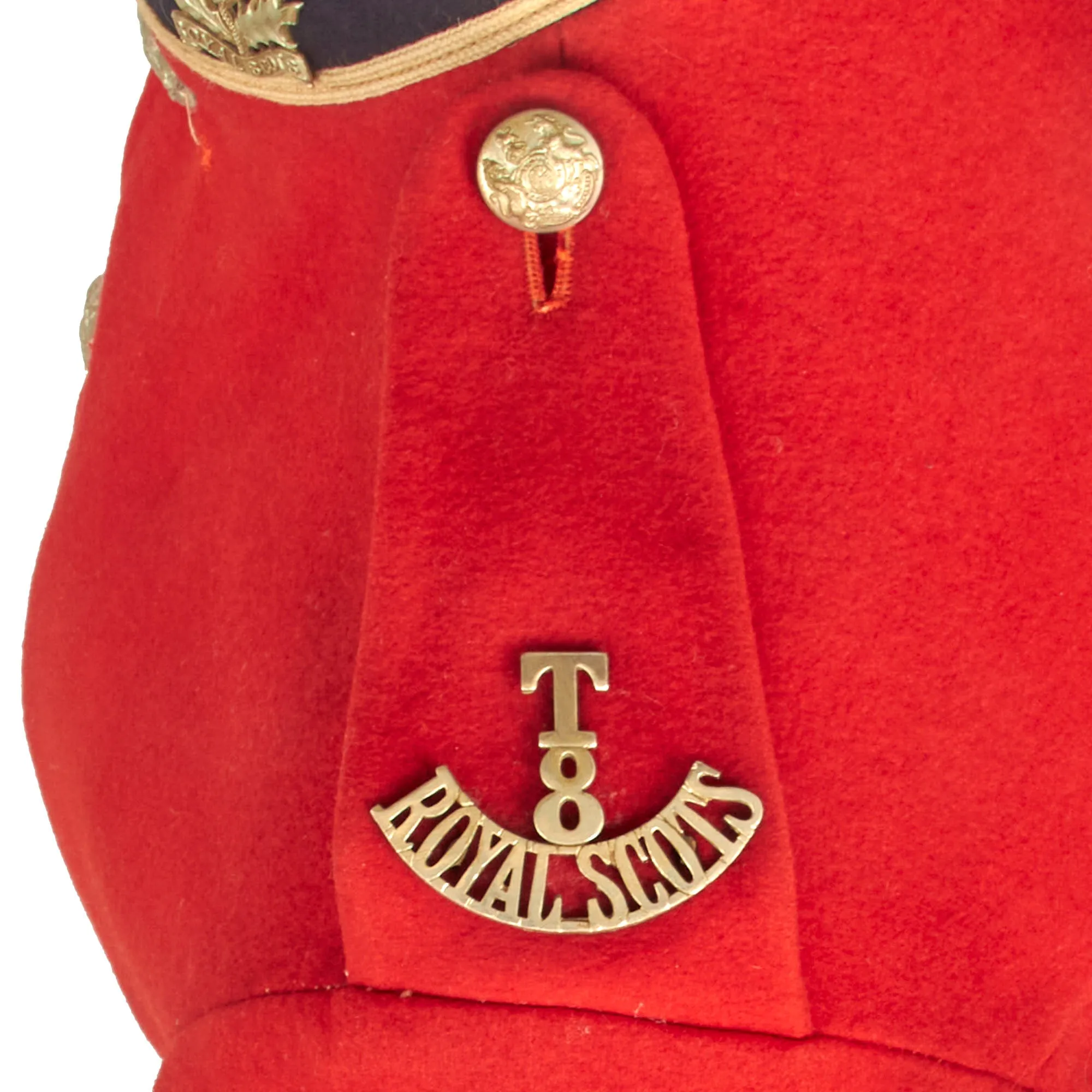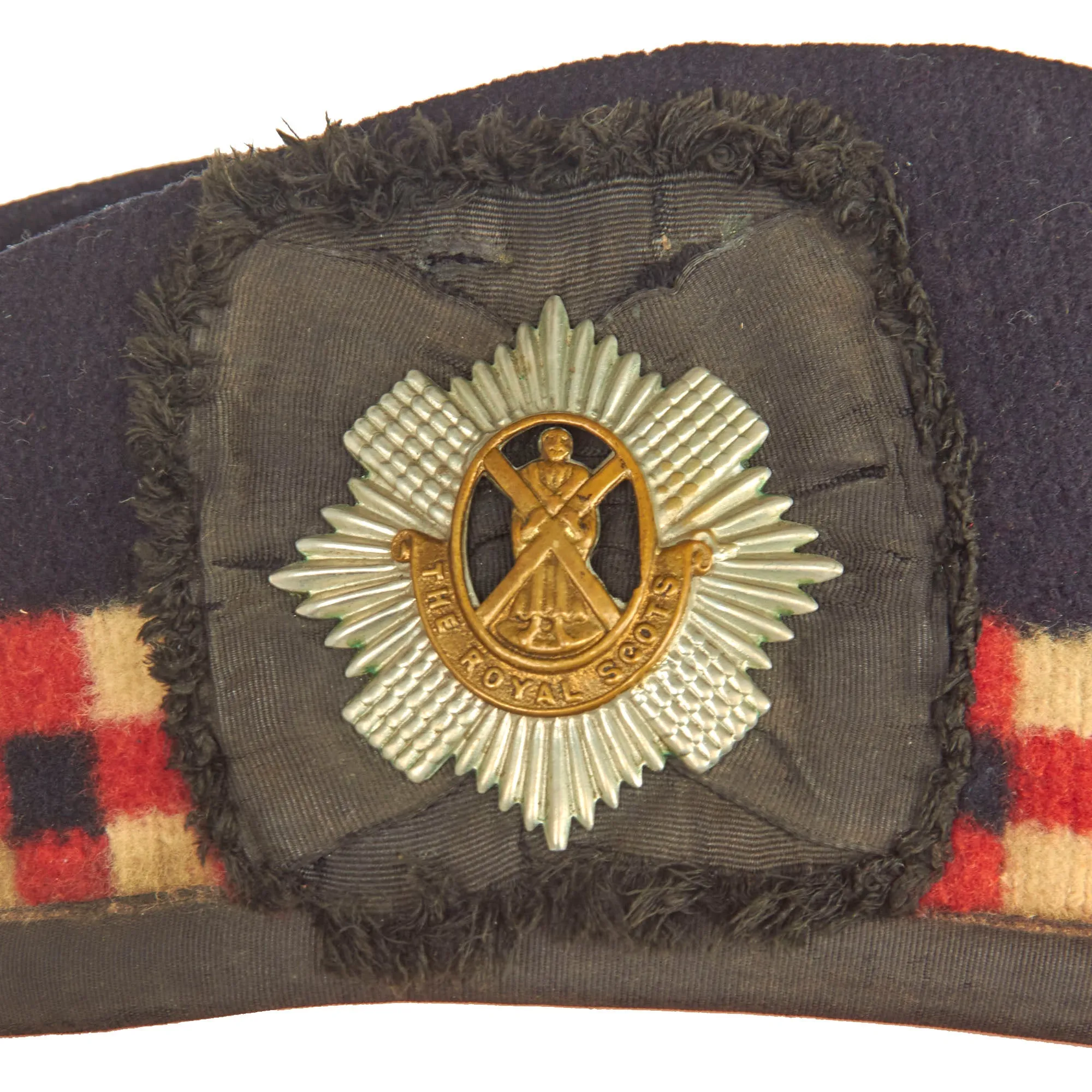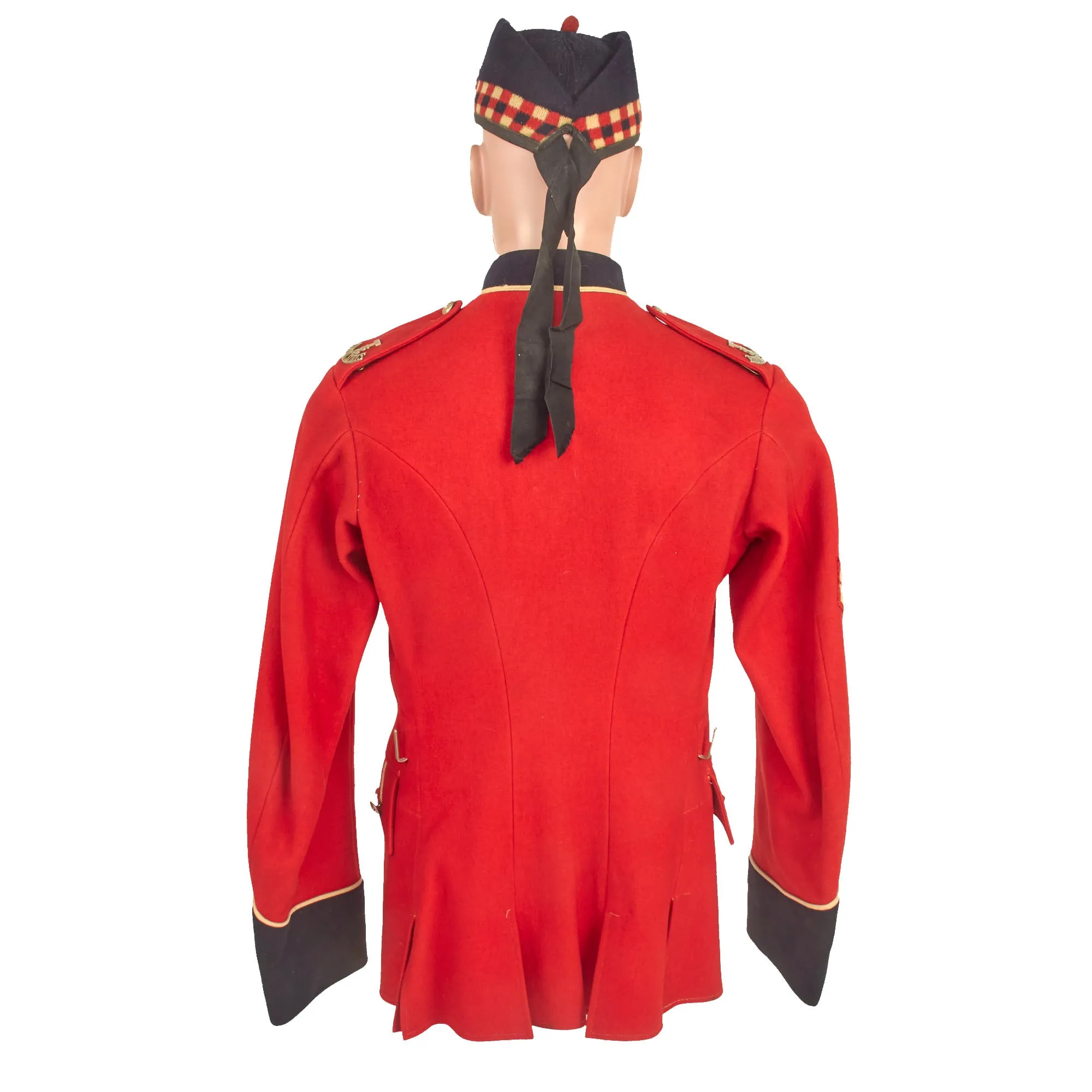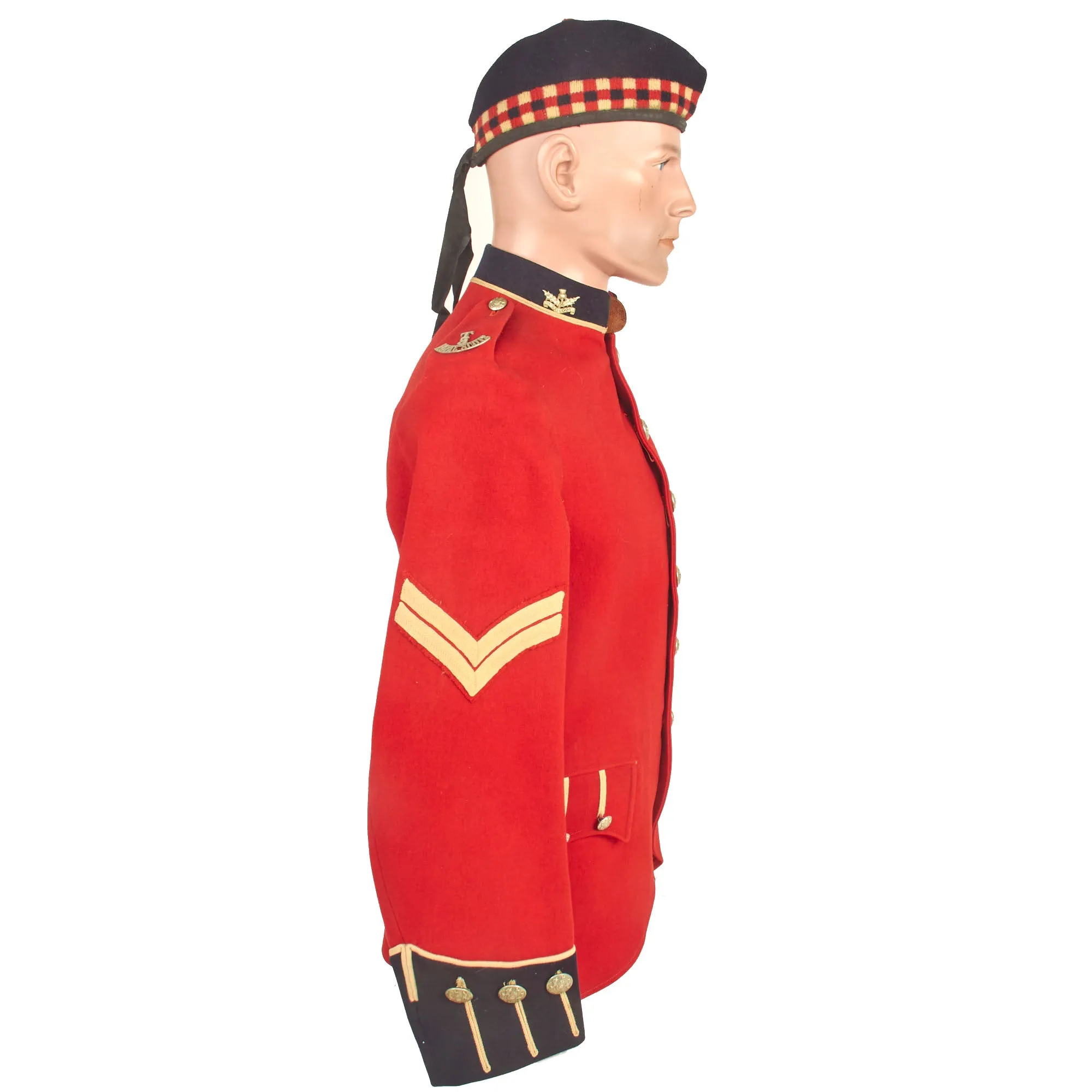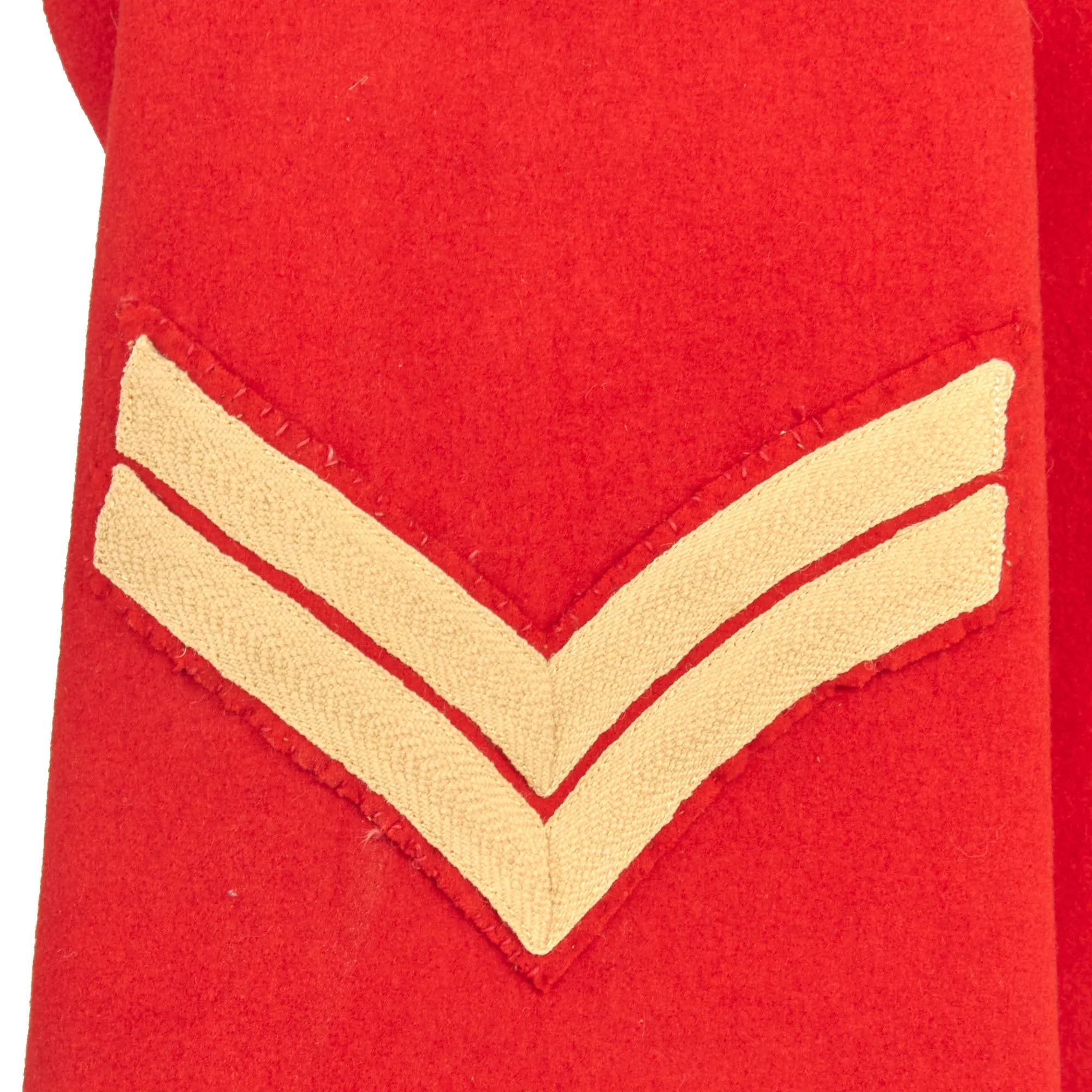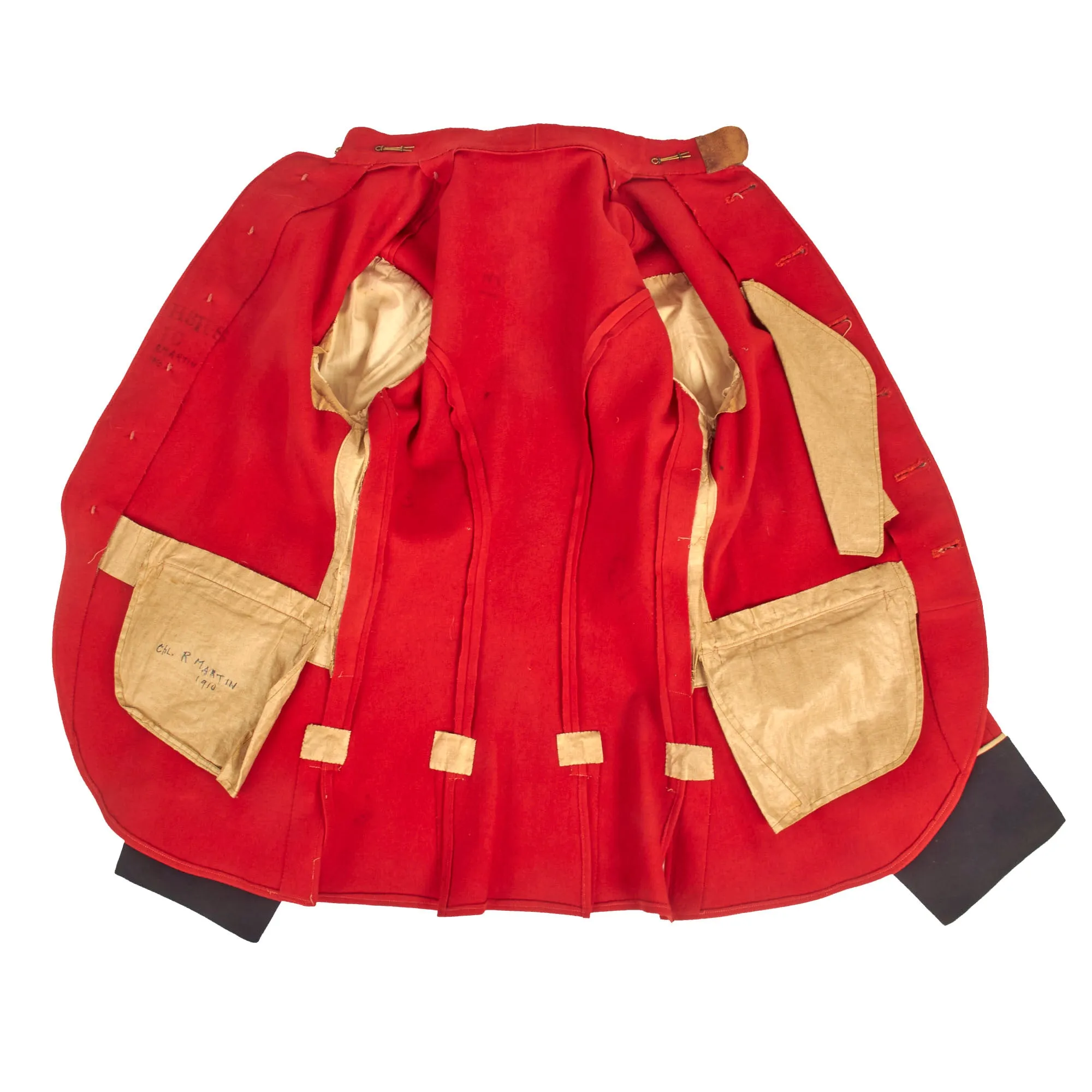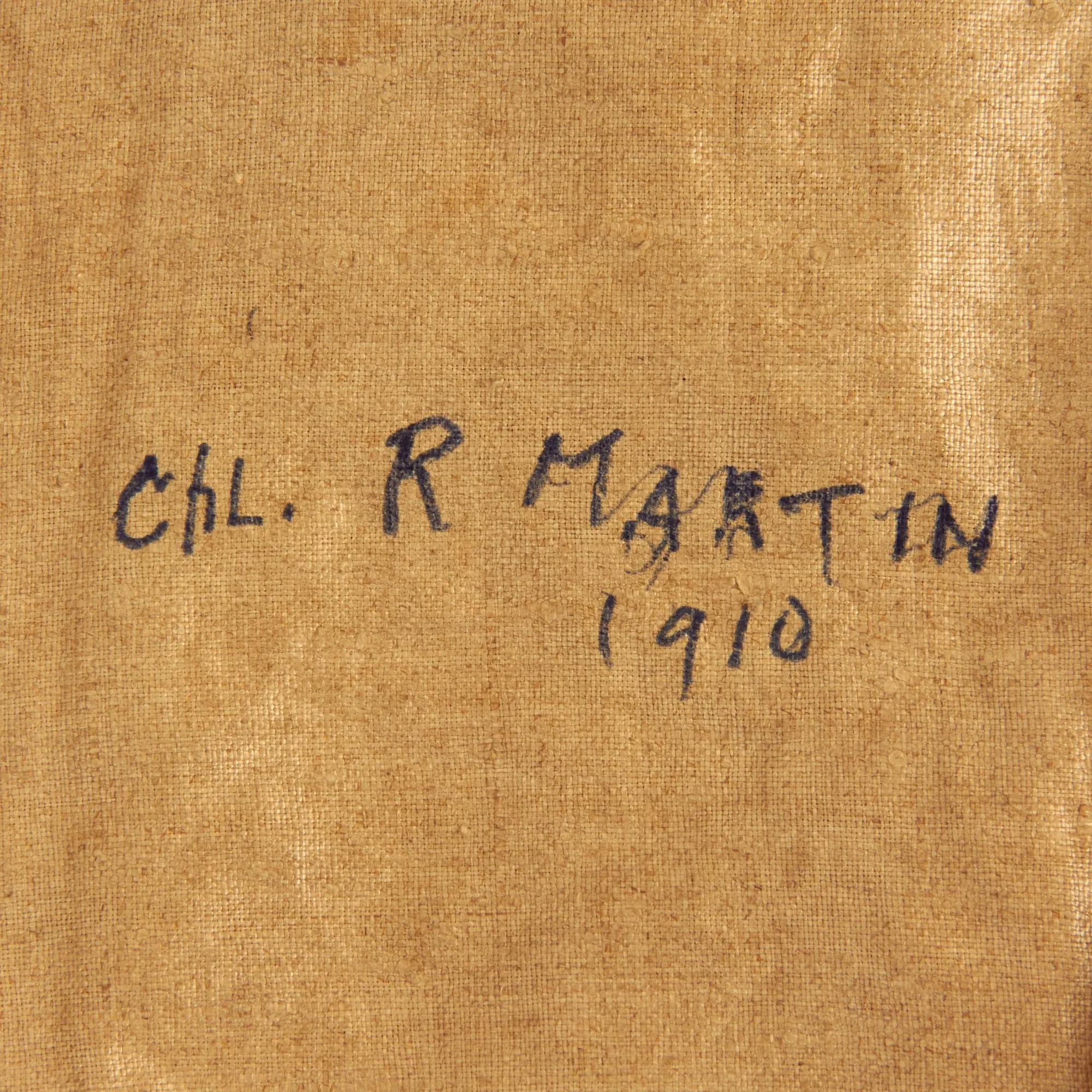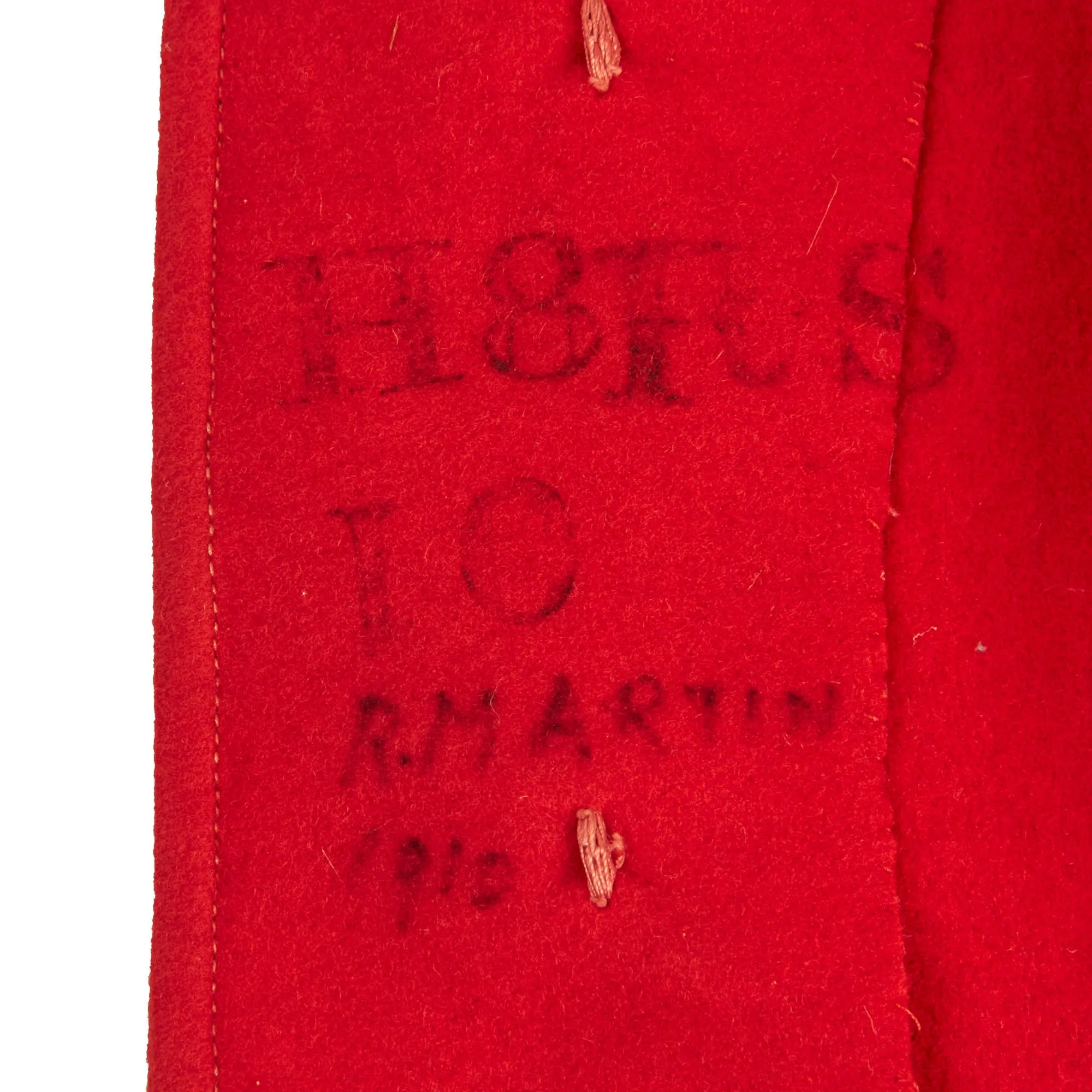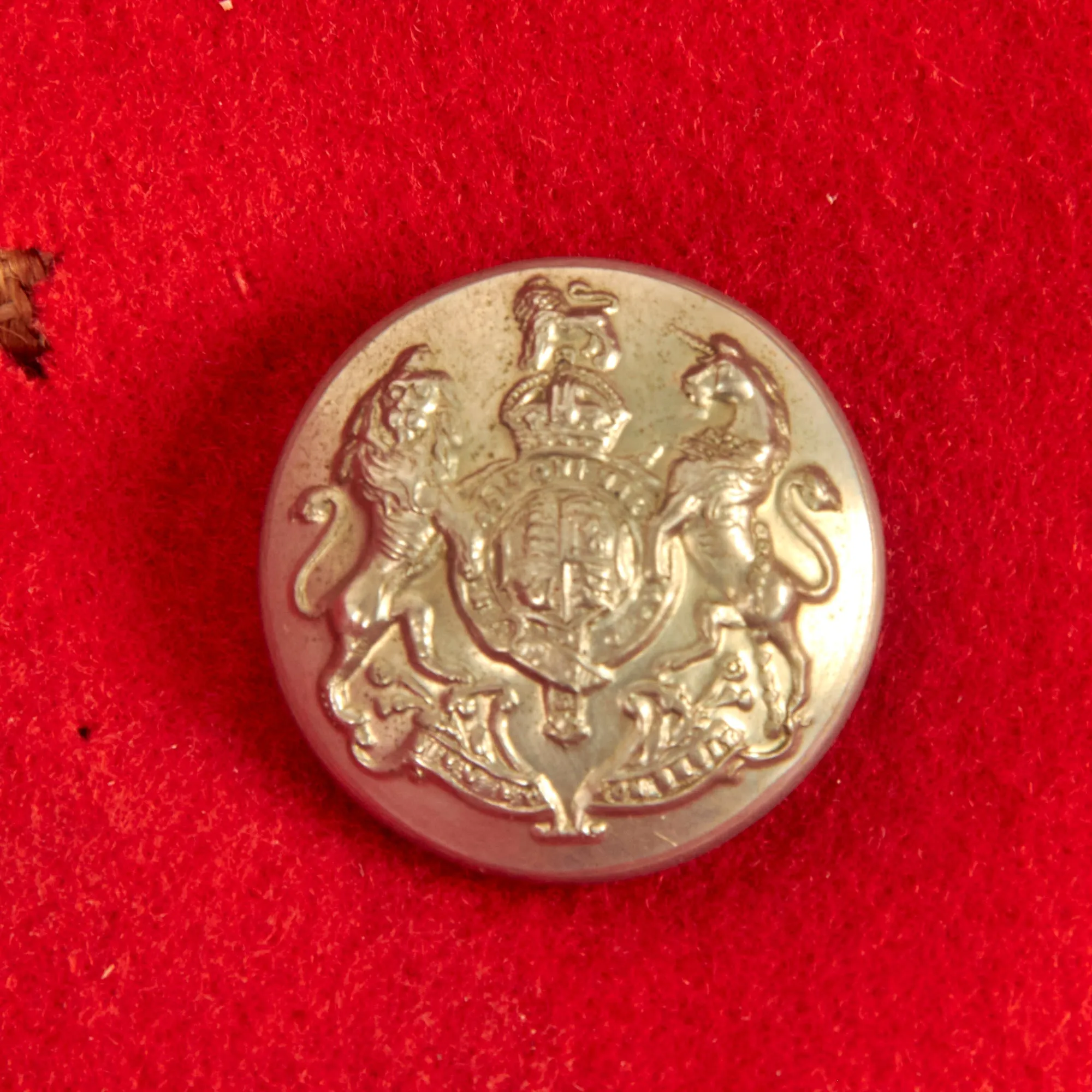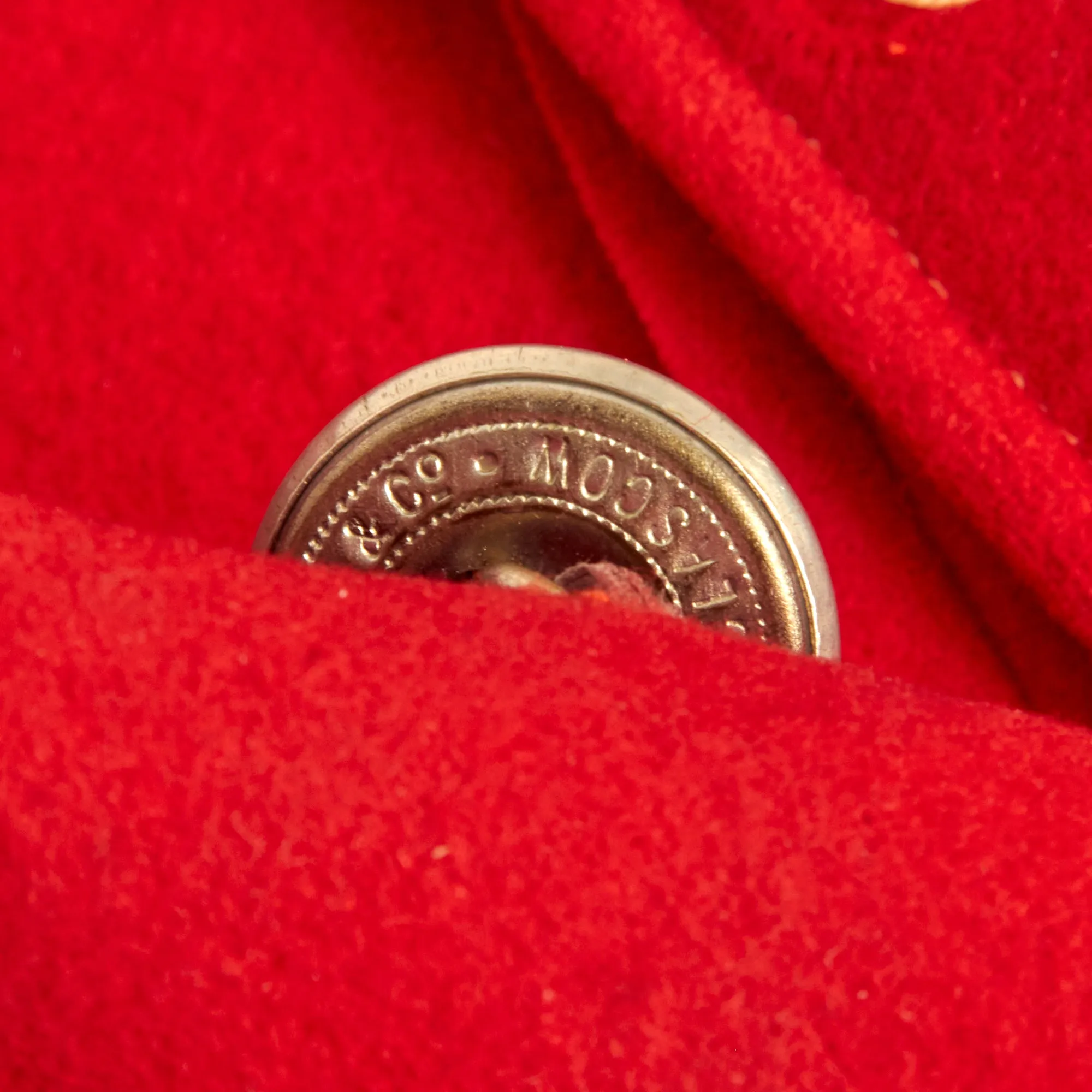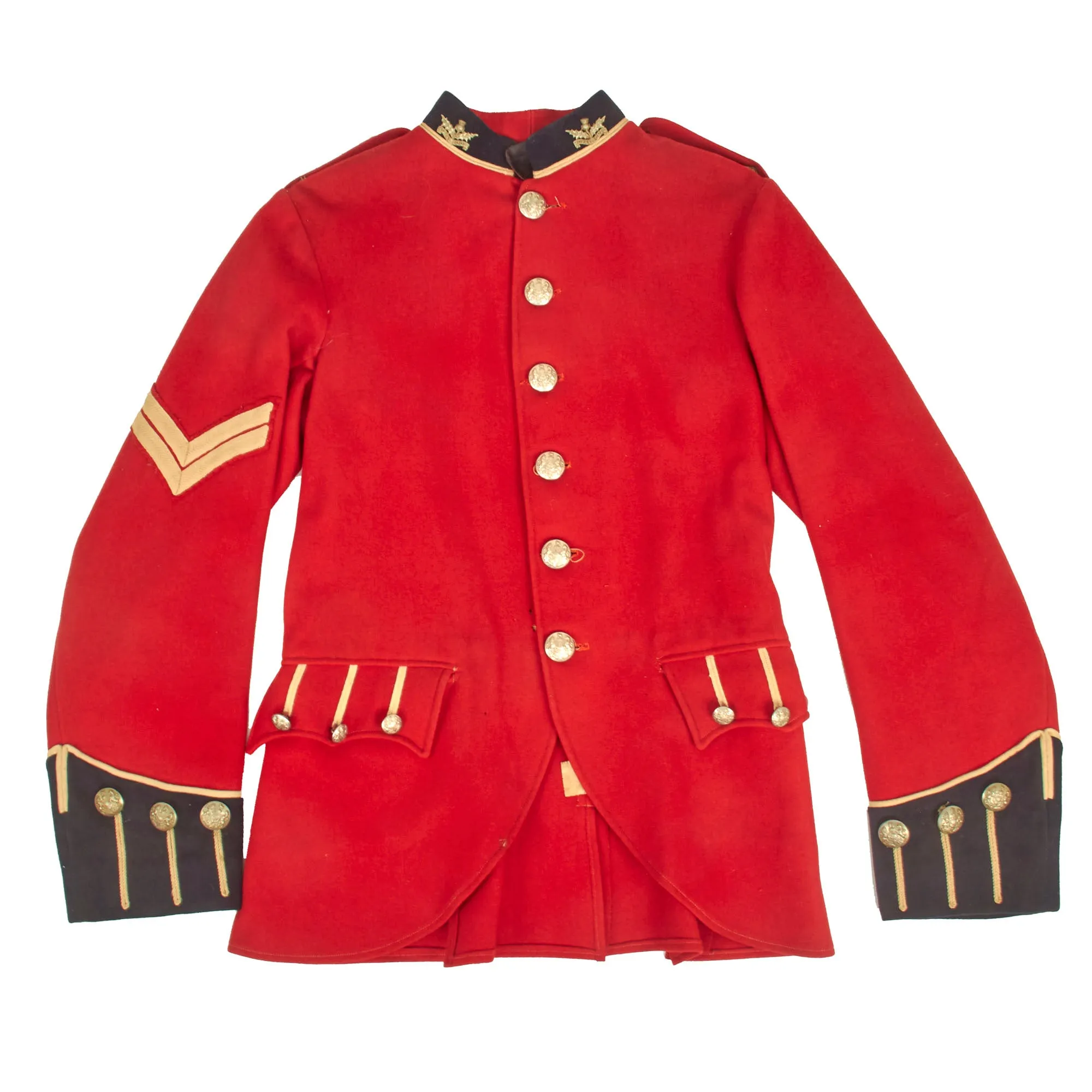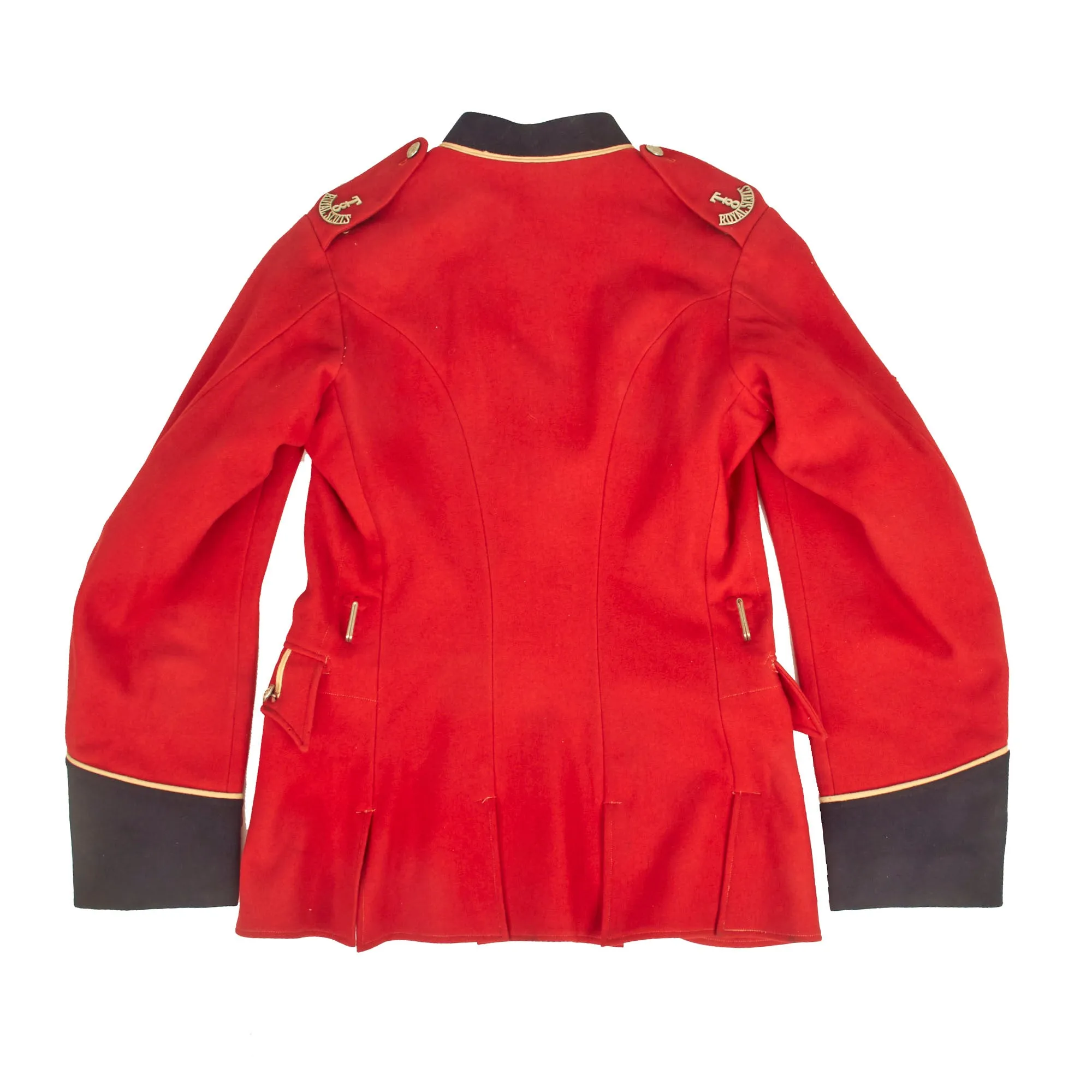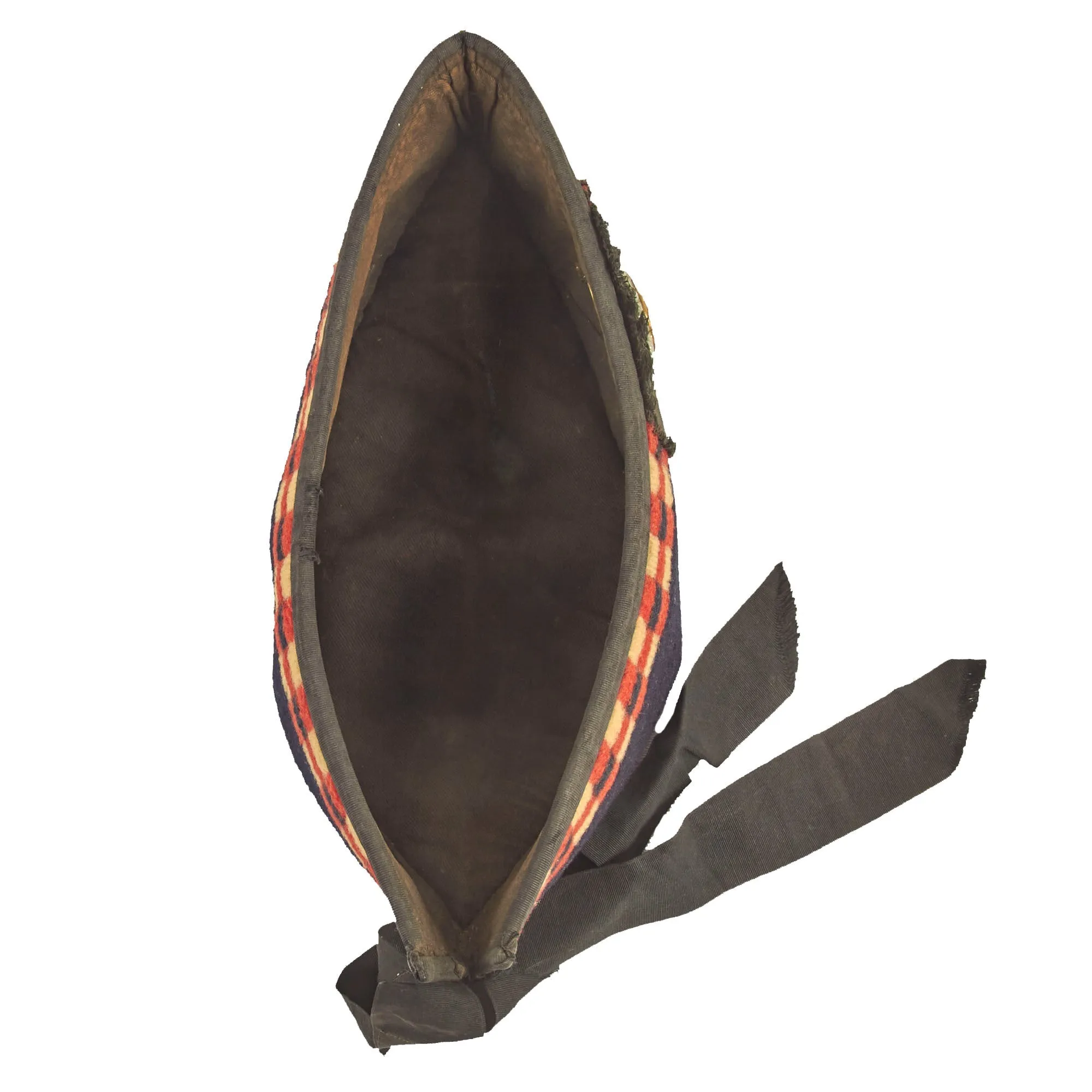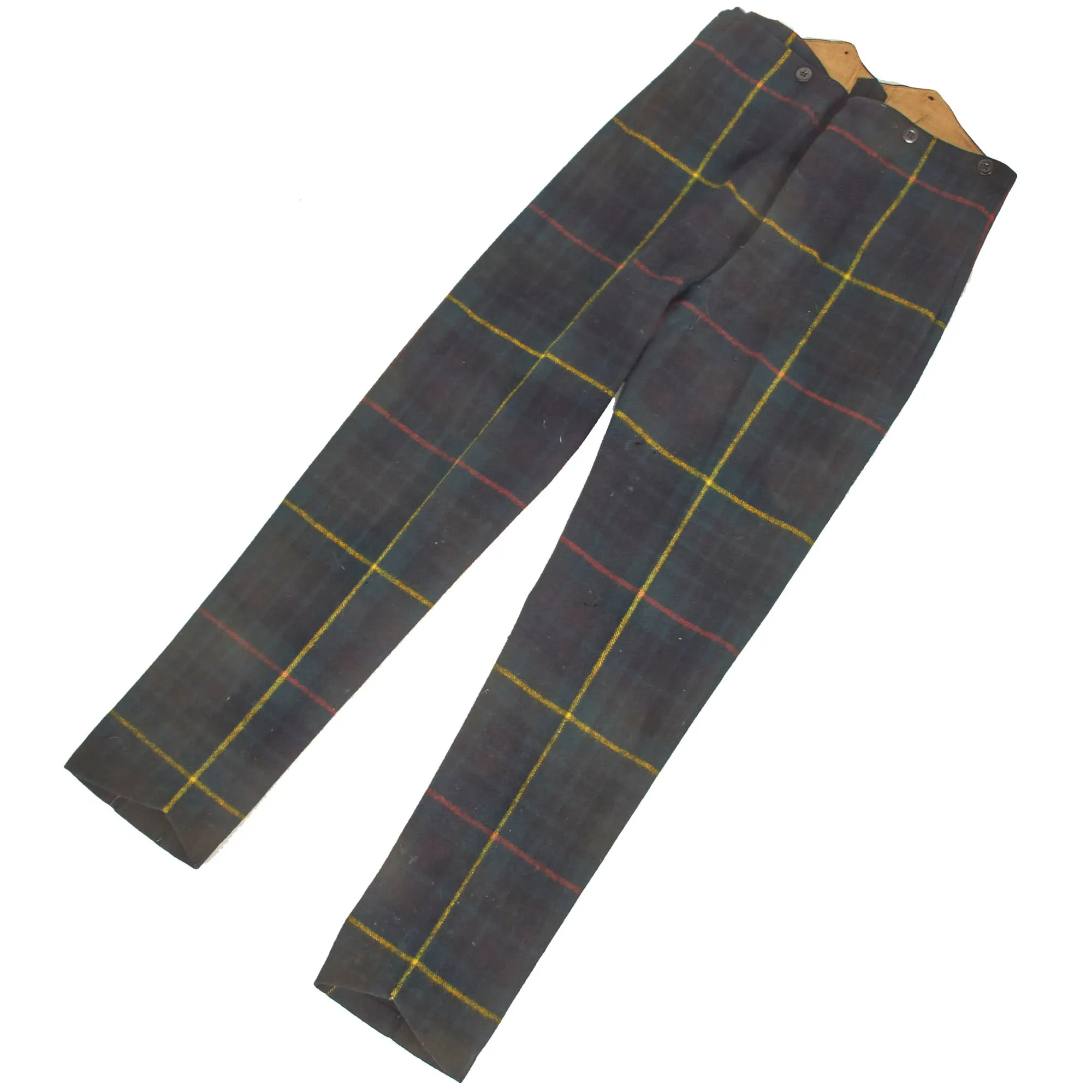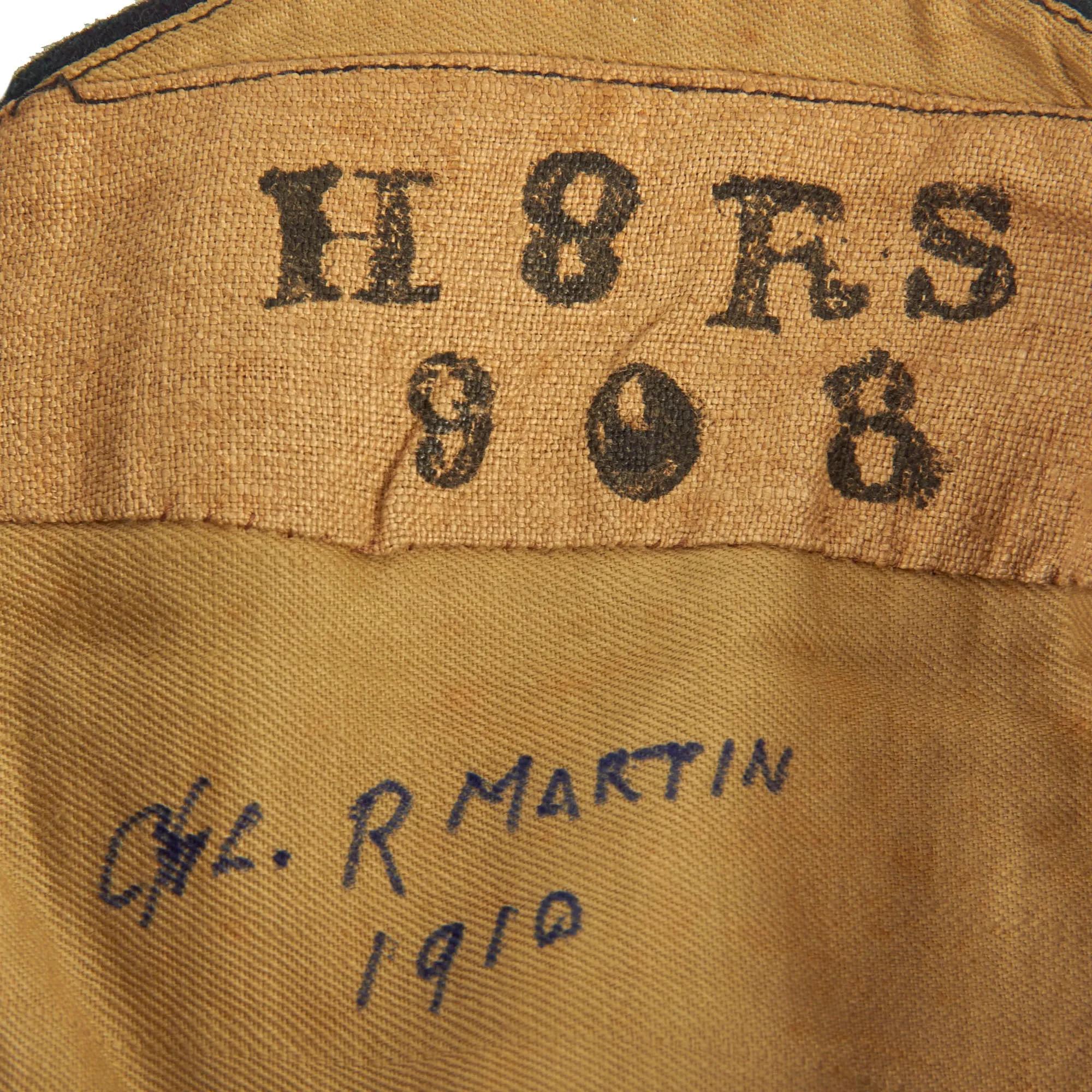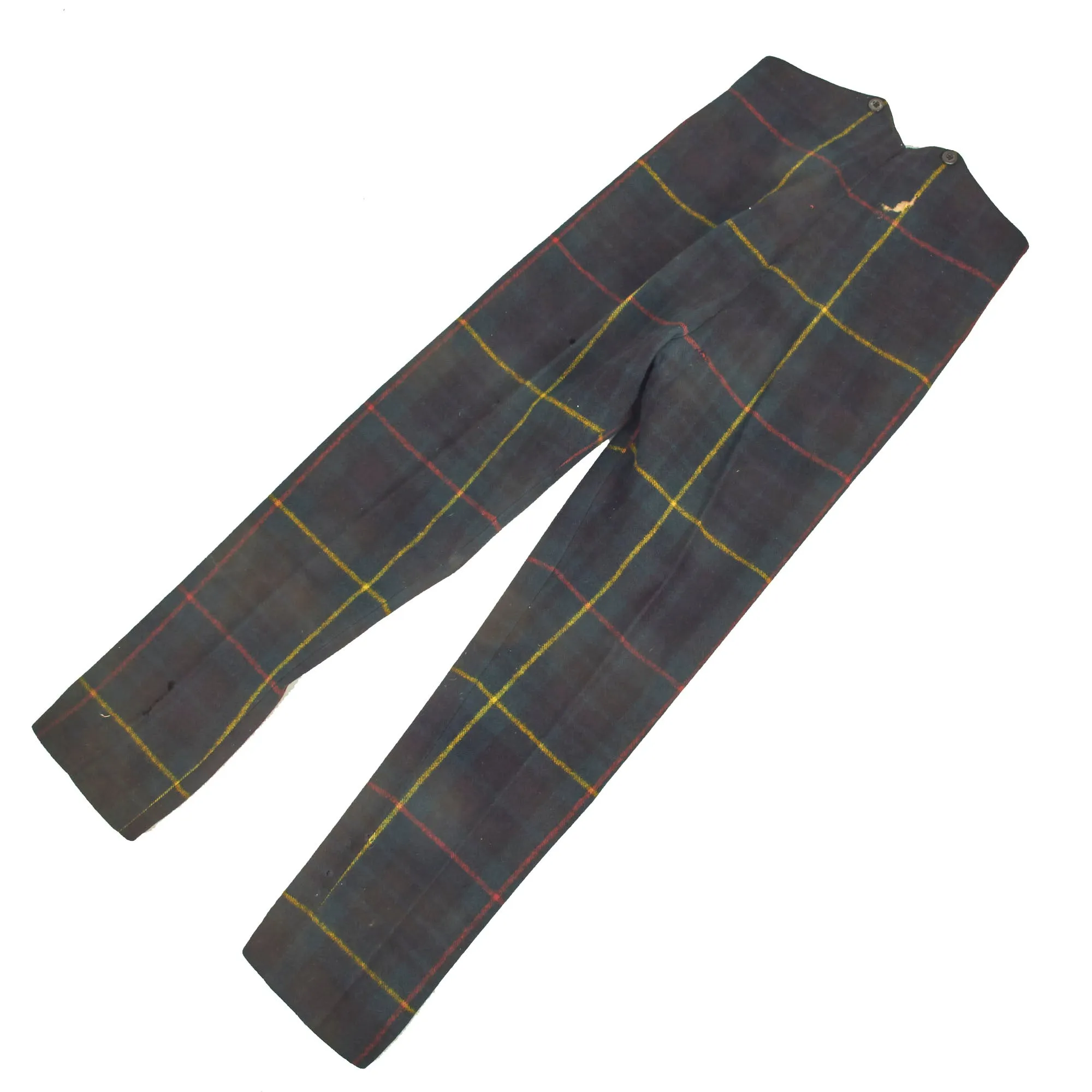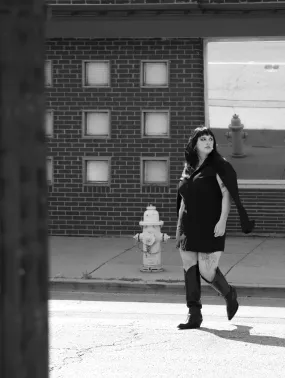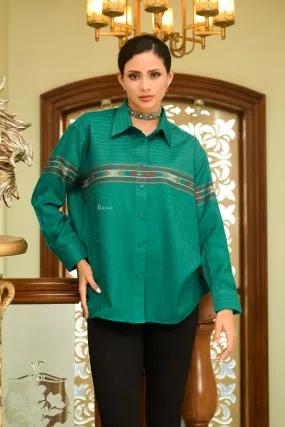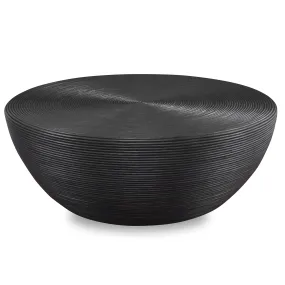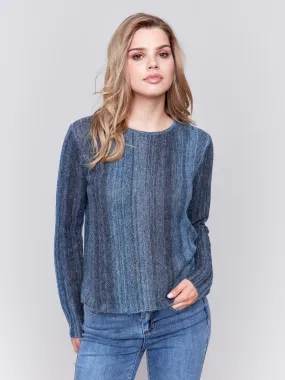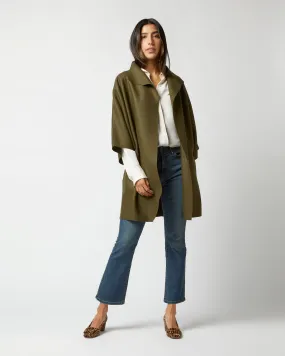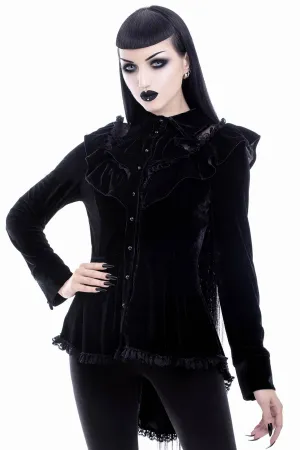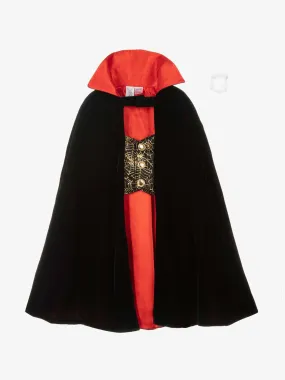Original Items: Only One Set Available. Red coat (also spelled as "redcoat") or scarlet tunic was a military garment used widely, though not exclusively worn, by most regiments of the British Army, Royal Marines, and some colonial units within the British Empire, from the 17th to the 20th centuries. The scarlet tunic continues to be used into the 21st century, with several armed forces of the Commonwealth of Nations adopting them as their full dress and mess dress uniforms. The uniform and term "redcoat" may have originated in 16th century Tudor Ireland as a derogatory term for the British, as British soldiers in Lord Lieutenant of Ireland's army wore red coats, the first time English and Scottish soldiers under English command and later British collectively had a red uniform. The term was then brought to America and Europe by Irish emigrants.
From the mid-17th century to the 19th century, the uniform of most British soldiers (apart from artillery, rifles and light cavalry) included a madder red coat or coatee. From 1873 onwards, the more vivid shade of scarlet was adopted for all ranks, having previously been worn only by officers, sergeants and all ranks of some cavalry regiments.
The tunic is a fine example of a scarlet coat and is constructed of kersey wool without a lining. The coat is secured by 6 General Service buttons with matching buttons on the shoulders and breast pockets. The interior is marked in multiple places with CPL R. MARTIN and dated 1910. The shoulder straps still retains a battalion insignia which in this case is for the 8th Battalion. The 8th Battalion, The Royal Scots, was a Territorial Force (TF) battalion recruiting from Haddingtonshire (now East Lothian), Peeblesshire and Midlothian. It had just returned from Annual Camp in 1914 when War was declared. It mobilized at Haddington as part of the Lothian Coast Defence Brigade.
Included With the tunic is a lovely pair of trousers and the famed Glengarry bonnet. The Glengarry bonnet is a traditional Scots cap made of thick-milled woollen material, decorated with a toorie on top, frequently a rosette cockade on the left side, and ribbons hanging behind. It is normally worn as part of Scottish military or civilian Highland dress, either formal or informal, as an alternative to the Balmoral bonnet or Tam o' Shanter.
This is a wonderful set with great research potential. Comes more than ready for display.
Approximate Measurements:
Collar to shoulder: 9"
Shoulder to sleeve: 26”
Shoulder to shoulder: 16”
Chest width: 18"
Waist width: 16"
Hip length: 19.5"
Front length: 28.5"
Pants:
Waist: 12.5"
Inseam: 17.5"




